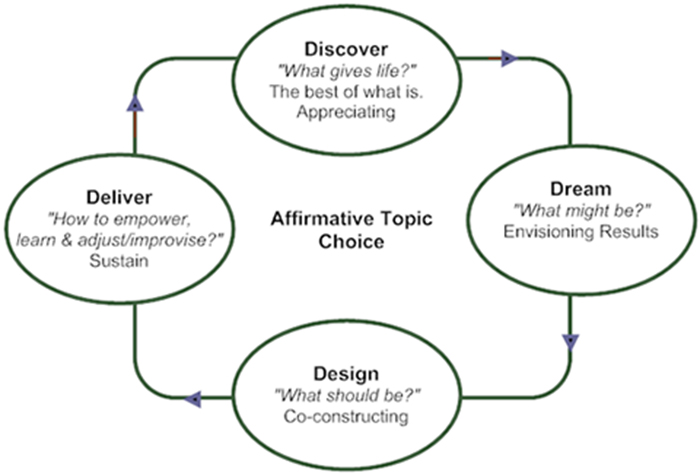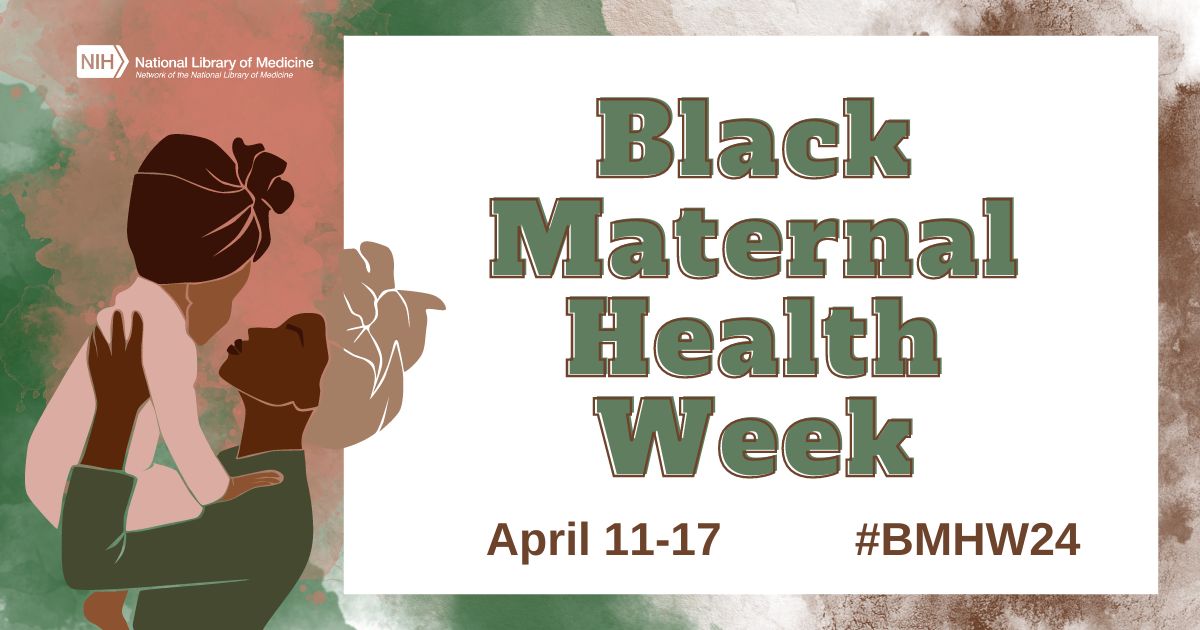Appreciative Inquiry: Identifying Your Library’s Existing Strengths

In a previous post (Managing Change Logically, Imaginatively, and Actively) I outlined four steps that libraries can take to harness change. Having addressed the first suggestion in detail (The Library’s Timeless Purpose) I’ll now expand on to the second: conducting “appreciative inquiry” to identify strengths.
Appreciative Inquiry (AI) is an approach to organizational change developed by David Cooperrider, Fairmount Minerals Professor of Social Entrepreneurship at Case Western Reserve University’s Weatherhead School of Management and Director of University Center for Business as an Agent of World Benefit. In his words:“The assumption of AI is simple: every organization has something that works right – things that give it life when it is vital, effective, and successful. AI begins by identifying this positive core and connecting organizational visions, plans, and structures to it in ways that heighten energy and inspire action for change.”[1]
In contrast to traditional problem-solving models, AI concentrates on building from existing strengths. Doing so shifts the focus away from deficits and toward assets, thereby cultivating a constructive attitude toward change. I know what you’re thinking: “that all sounds well and good, but how can libraries actually put this strategy into practice?” Thankfully, Cooperrider, Whitney, and Stavros laid it all out in their Appreciative Inquiry Handbook for Leaders of Change. At 400+ value-packed pages, I can hardly summarize the handbook in one measly post, so I’ve split its centerpiece – the Appreciative Inquiry “4-D” Cycle – into two. This one describes the first two D’s (Discovery and Dream) and my next post will address the second two (Design and Destiny). For a very simplified overview, check out the nifty graphic I found on a AI Australia’s website[2]:
Before we get into the Ds, lets take a moment to address the hub of the diagram: affirmative topic choice. Why is it smack dab in the middle, you ask? Because everything else revolves around it. Each stage of appreciative inquiry orbits the original topic choice, which means that change agents must select it carefully and consciously. Affirmative intention is critical to the success of AI. Keep it positive, people!
Discovery: What gives life?
In the context of AI, discovery is all about conversation, starting with interviews. These aren’t those scary meetings you’re subjected to in the job search, in which you’re asked “what are your greatest weaknesses?” and so forth. Quite the opposite, actually. Cooperrider, Whitney and Stavros suggest a handful of affirmative questions to guide AI interviews:
What would you describe as being a high-point experience in your organization, a time when you were most alive and engaged?
- Without being modest, what is it that you value most about yourself, your work, and your organization?
- What are the core factors that give life to your organization – when it is at its best, without which the organization would cease to exist?
- What three wishes do you have now to enhance the health and vitality of your organization?[3]
These questions solicit accounts of peak performance. “People share stories of exceptional accomplishments, discuss the core life-giving factors of their organizations, and deliberate on the aspects of their organization’s history that they most value and want to bring forward to their work in the future.”[4] Ideally every stakeholder in the organization participates in interviews. After all of the interviews are finished, the responses are compiled and analyzed for recurring themes.
Dream: What might be?
“When the best of ‘what is’ has been identified, the mind naturally begins to search further and to envision new possibilities.”[5] Using discovered strengths as a jumping off point, AI encourages organizations to imagine a future that optimizes these advantages. Lofty dreams become solid potentialities when they are grounded in past and present realities. The action component of this step involves collective brainstorming. Bring individuals within the organization together to share their reveries. Commonalities emerge that can then steer the next step in the AI process: the Design phase.
As I mentioned earlier, I will continue this synopsis of Appreciative Inquiry’s 4-D process in my next post. For those of you who want to read ahead, get your hands on a copy of the Appreciative Inquiry Handbook for Leaders of Change.
[1] David Cooperrider, Diana Whitney and Jacqueline M. Stavros, Appreciative Inquiry Handbook for Leaders of Change (Brunswick, OH: Crown Custom Publishing; San Francisco, CA: Berrett-Koehler Publishers: 2008), back cover.
[2] Appreciative Inquiry Australia. “4D-Cycle.” Appreciative Inquiry Australia. Accessed January 6, 2013. http://appreciativeinquiry.com.au/forum-2010/background/invitation/4d-cycle/
[3] David Cooperrider, Diana Whitney and Jacqueline M. Stavros, Appreciative Inquiry Handbook for Leaders of Change (Brunswick, OH: Crown Custom Publishing; San Francisco, CA: Berrett-Koehler Publishers: 2008), 36.
[4] David Cooperrider, Diana Whitney and Jacqueline M. Stavros, Appreciative Inquiry Handbook for Leaders of Change (Brunswick, OH: Crown Custom Publishing; San Francisco, CA: Berrett-Koehler Publishers: 2008), 43.
[5] David Cooperrider, Diana Whitney and Jacqueline M. Stavros, Appreciative Inquiry Handbook for Leaders of Change (Brunswick, OH: Crown Custom Publishing; San Francisco, CA: Berrett-Koehler Publishers: 2008), 6.
Further References
Appreciative Inquiry Australia. “4D-Cycle.” Appreciative Inquiry Australia. Accessed January 6, 2013. http://appreciativeinquiry.com.au/forum-2010/background/invitation/4d-cycle/
Cooperrider, David L.; Whitney, Diana; and Stavros, Jacqueline M. Appreciative Inquiry Handbook for Leaders of Change. Brunswick, OH: Crown Custom Publishing; San Francisco, CA: Berrett-Koehler Publishers, 2008.









